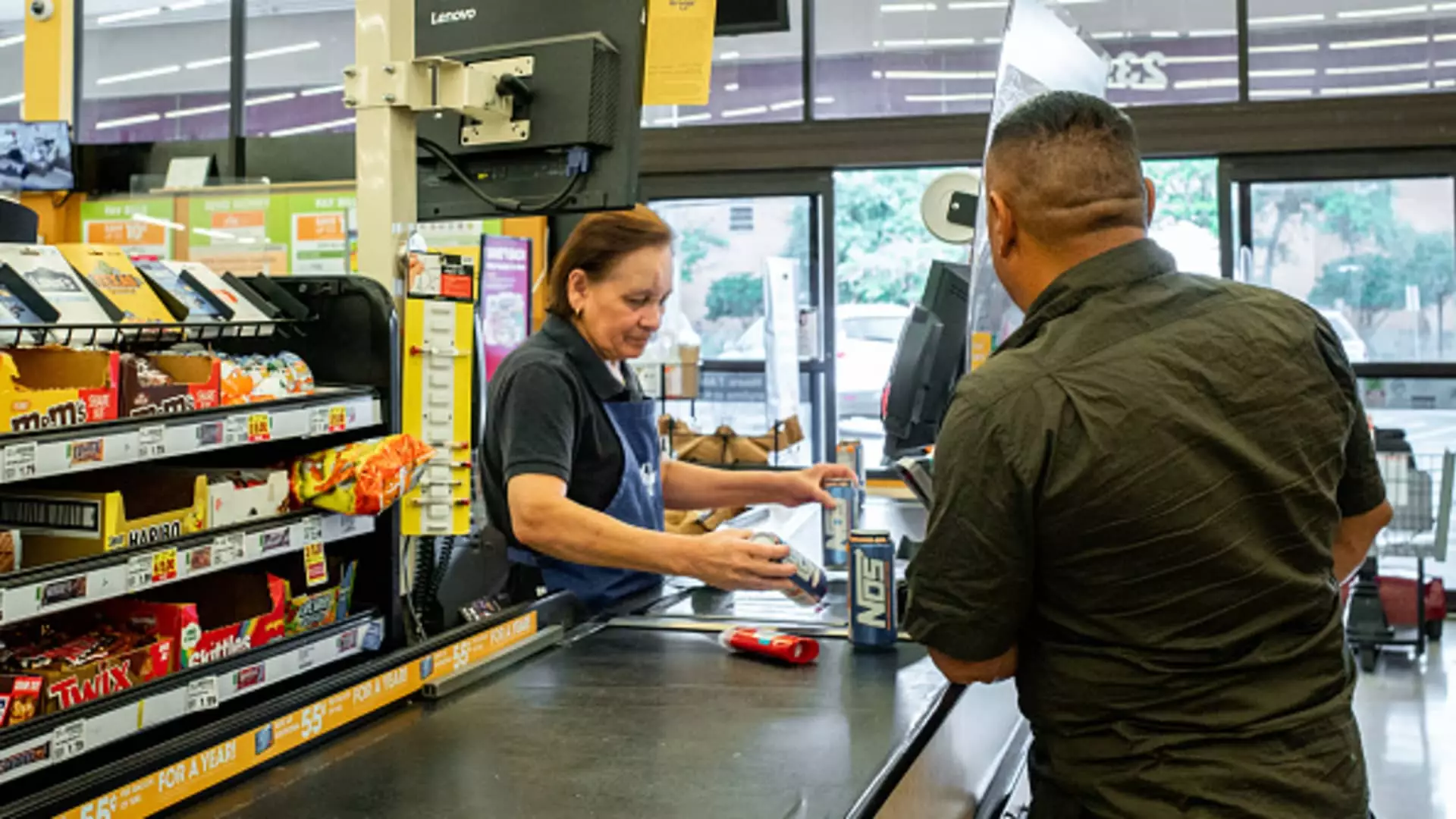The Federal Reserve is expected to keep interest rates unchanged in the near future, despite the potential for rate cuts on the horizon. This decision comes after a series of 11 rate hikes between 2022 and 2023, causing consumer borrowing rates to skyrocket. With inflation remaining high and interest rates elevated, many consumers are feeling increased economic stress compared to previous years. This situation has put households under significant pressure as they grapple with the effects of rising borrowing costs.
Credit card rates, which are variable, have seen a significant increase due to the Federal Reserve’s rate hike cycle. The average credit card rate has climbed to nearly 21%, an all-time high, from 16.34% in March 2022. Even with potential quarter-point rate cuts on the horizon, APRs are expected to remain around 20% by the end of 2024. This means that consumers may see only a slight decrease in rates, maintaining them at extremely high levels.
Mortgage Rates
Mortgage rates, on the other hand, have seen fluctuations tied to Treasury yields and the economy. Rates for a 30-year, fixed-rate mortgage have jumped from 4.4% to around 7%, a significant increase since the Fed started raising rates. Despite a recent dip, mortgage rates are still high due to the impacts of inflation and the Federal Reserve’s policy moves. This means that potential homebuyers are experiencing reduced purchasing power in the current market environment.
Auto loans, which are fixed, have seen an increase in interest rates along with rising car prices, leading to less affordable monthly payments for consumers. Similarly, federal student loan rates have increased for undergraduate students, while private student loan rates are already higher due to variable interest rates. Borrowers struggling with existing debt have limited relief options, with federal borrowers having more opportunities to reduce their burden compared to private loan borrowers.
Deposit Rates
While the Federal Reserve may not directly influence deposit rates, there is a correlation between the target federal funds rate and deposit rates. As a result, top-yielding online savings accounts are now paying more than 5%, providing an opportunity for individuals to build up emergency savings. However, there is still uncertainty surrounding deposit rates, making it a favorable time to consider locking in certificates of deposit with longer maturities.
The current state of interest rates has had a significant impact on consumer borrowing costs across various financial products. While there may be potential for rate cuts in the future, the pace of decrease is expected to be slow compared to the rapid rate hikes seen in previous years. As consumers navigate the challenging economic environment, it is essential to stay informed about changes in interest rates and explore available options for managing debt and maximizing savings.

Leave a Reply